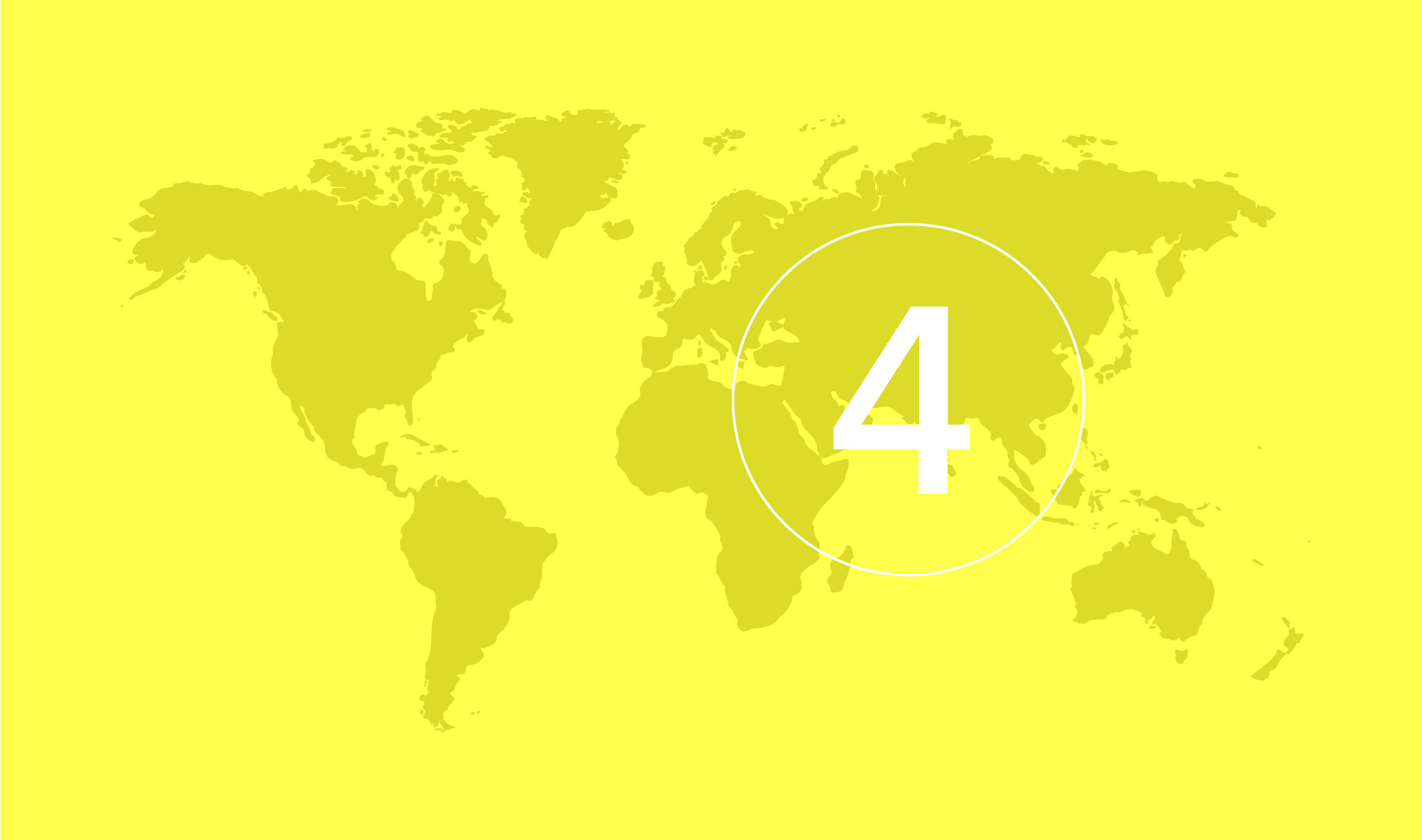
Vietnam
Category
4
- 0
- 1
- 2
- 3
- 4
- 5
- 6
- 7
| Risk type | Short | Long |
|---|---|---|
| Sovereign |

|

|
| Public |

|

|
| Bank |

|

|
| Corporate |

|

|
The icons indicate EKN's risk assessment.

No policy established

Normal risk assessment

Restrictive risk assessment

Normally off cover

OECD or EU countries
Country risk analysis
Country Risk Analysis of Bangladesh
June 2024
A rapidly growing economy
Vietnam is one of the fastest growing economies in the world. In only a few decades, the country has gone from a poor agrarian nation to an economy largely based on manufacturing industries and the service sector, which account for 23 and 44 per cent of GDP respectively. Economic growth has averaged 6.0 per cent per year for the past decade, driven by a continuing high level of investment of just over 30 per cent of GDP. With a per capita GDP of USD 4,324, the World Bank currently ranks Vietnam as a lower-middle-income country.
Rapid growth has contributed to greatly reduce poverty, from over half of the population in the 1990s to one in ten today. This development has taken place alongside a transition from a planned to a market economy, with economic policy focused on promoting growth and investment-friendly reforms. That said, Vietnam remains a one-party, communist state that faces challenges associated with corruption, bureaucracy and the rule of law.
Exports and FDI are driving growth
A policy of liberalising trade and openness to investment has seen exports grow steadily to the point that they now account for 90 per cent of GDP. In combination with a stable inflow of foreign direct investment (FDI), the export sector is the engine driving the country’s growth. Machinery and electronic equipment account for half of all exports.
A large percentage of exports go to the United States (30 per cent) and China (17 per cent). Exports benefit from the fact that the country is well-integrated into the global economy through several bilateral and multilateral free trade agreements – including with the EU since 2020. In the long term, both exports and the flow of FDI may well benefit from trade friction between the US and China, as international corporations seek to complement their production in China.
With its investment-friendly economic policy, cheap labour and well-educated population, Vietnam is an attractive destination for these businesses. With continued flow of FDI and increasing exports growth prospects are robust.
Healthy public finances and low debt
Relatively healthy public finances are another of the country’s strengths. Since the pandemic, public debt has steadily declined to the present 34 per cent of GDP, which is lower than most countries in the region. However, if foreign loans to state-owned companies are included, this figure rises to approximately 60 per cent of GDP. On the positive side of the risk equation, a significant percentage of public debt consists of long-term loans from multilateral lenders such as the World Bank and the Asian Development Bank.
The cost of interest on the debt is low, equivalent to around 5 per cent of government revenue. This can be compared to levels of around 13 per cent in neighbouring countries such as Malaysia, Indonesia and the Philippines. Tax revenue is also expected to rise somewhat during 2024 as temporary tax relief introduced during the pandemic ends. The low level of debt offers some room for an expansive fiscal policy to support continued growth. The budget deficit over the next five years is therefore expected to be slightly higher than the average for the previous five years. Thanks to the high growth rate, the debt ratio is expected to remain stable at around 35 per cent of GDP.
Externally, the position is relatively good with a modest external debt equivalent to 37 per cent of GDP. A small current account deficit in 2021/22 has returned to a surplus in 2023. Previous deficits, in combination with unregistered capital outflows, have contributed to weakening the currency against the US dollar. International reserves have declined in recent years and are now equivalent to just over three months of imports. This level is somewhat low given the country’s highly trade-dependent economy, as it reduces the buffer for future economic shocks.
However, the continued inflow of FDI and stable exports are expected to help build up international reserves and create a better starting position should the currency continue to depreciate.
Vulnerable to global economy fluctuations
The large export sector leaves the economy vulnerable to fluctuations in the global economy. This is reflected in developments in recent years, when declining global demand – not least from China and the US – contributed to a 4.7 per cent decline in exports in 2023. In addition, investment was curbed and credit growth reduced in 2023 by a downturn in the domestic property market, which was burdened by unsold properties, weak price development and financing problems. Hence, growth declined from 8.0 per cent in 2022 to 5.0 per cent in 2023.
However, growth prospects over the next two years are good, with forecasts suggesting a growth rate between 6 and 7 per cent in the period 2024–2025 as increasing global demand helps exports to recover. The property sector has stabilised somewhat. While inflation rose slightly over the last year, it remains under the target of 4.5 per cent. This gives the State Bank of Vietnam some scope for a cycle of interest rate cuts that, in combination with an expansive fiscal policy, will contribute to increasing demand in the economy.
Challenges remain
Despite the prospect of robust growth, the risk profile is affected by a number of challenges. A political system that permits only one party leads to a lack of institutional counterweights, leaving policy decisions largely unscrutinised and unchecked. This reduces the transparency of macroeconomic and financial reporting and may increase the risk that poor decisions will have a negative impact on the economy. The system also affects the business environment, which is characterised by extensive bureaucracy, a volatile regulatory environment and corruption.
The country’s banking sector is very large in relation to income levels and the size of the economy, just over 180 per cent of GDP. This poses a macroeconomic risk. The sector is dominated by the major state-owned banks, which have reciprocal shareholdings. Financial risks have accumulated over time thanks to high credit growth and significant exposure to the debt-burdened property sector. In recent years, these risks have started to materialise as weak development in the property sector has contributed to a deterioration in the banks’ asset quality. The percentage of non-performing loans (NPLs) has more than doubled since 2021. While officially the level remains at a moderate 4.5 per cent, lack of transparency makes it difficult to assess the credibility of this figure.
A third challenge is exposure to climate change; Vietnam’s long coastline and densely populated areas along the Mekong River leave the country vulnerable to torrential monsoon rains and flooding. A significant percentage of the population also depends on agriculture for employment. A higher frequency of extreme weather events such as storms, droughts and floods would therefore have serious socioeconomic consequences for millions of individuals, as well as for the economy as a whole.
Business environment
The World Bank’s Worldwide Governance Indicators (WGIs) rate the performance of Vietnam’s financial institutions as average for emerging and developing countries in Asia. The trend is positive, with the indicators showing gradual improvements. However, this does not mean that the business environment is entirely straightforward; weaknesses include extensive bureaucracy, lack of transparency and no independent judiciary. The court’s are under the sway of the Communist Party, and public confidence in the legal system is low. Lack of transparency extends to everything from policymaking to financial information, contributing to a volatile regulatory environment. Bankruptcy proceedings are rare as they are complex and time-consuming. That said, EKN has extremely limited experience of losses or recoveries in Vietnam.
While corruption is endemic throughout society, efforts are being made to address the problem. Anti-corruption legislation has been strengthened and accusations against a number of high-ranking officials have led to prosecutions and convictions. While intentions are good, the result has been a reluctance on the part of officials to approve decisions for fear of being accused of corruption, with the concomitant risk of paralysing an already inefficient state apparatus.
That said, the measures have shown results in Transparency International’s Corruption Perceptions Index (CPI). During the period 2015–2018, Vietnam fluctuated between places 107 and 117 out of 180 countries, but has since improved and was ranked 83rd in 2023. This is higher than the average ranking in the region (94) and on a par with countries such as South Africa and Kosovo.
EKN’s policy
Since 2019, EKN has classified Vietnam in country risk category 4 on a scale of 0 to 7. Normal risk assessment applies to all debtor categories with the exception of other public risks. This means that there are no predetermined limitations in the issuance of guarantees and that the transactions are assessed on their own merits without any specific requirements or preconditions. For transactions with public buyers, EKN requires a letter of credit, bank guarantee or sovereign guarantee.
EKN’s commitment and experience
EKN’s exposure amounts to SEK 302 million, 11 million of which is in guarantees. During the period 2019–2023, EKN issued guarantees for 26 transactions and 10 exporting companies. Guarantees corresponded to just over SEK 275 million. The dominant sectors in this flow were transport, machinery and construction equipment, and telecommunications. Transactions with small and medium-sized exporters accounted for just over 7 per cent of guarantees.
EKN’s payment experience has been good, with few losses due to claims. Over the past 5 years, EKN has settled a claim in one transaction, corresponding to just over SEK 0.5 million. Thus far, just over 15 per cent has been recovered. Payment delays are rare but not unknown.
More for companies that want to export to Vietnam

EKN's guarantees
EKN's guarantees reduce the risk of payment defaults and help banks support businesses. Which guarantee suits your needs?
EKN's guarantees
Guarantee guide
Are you unsure which guarantee is the best fit for your specific transaction? Try our guarantee guide.
Guarantee guide